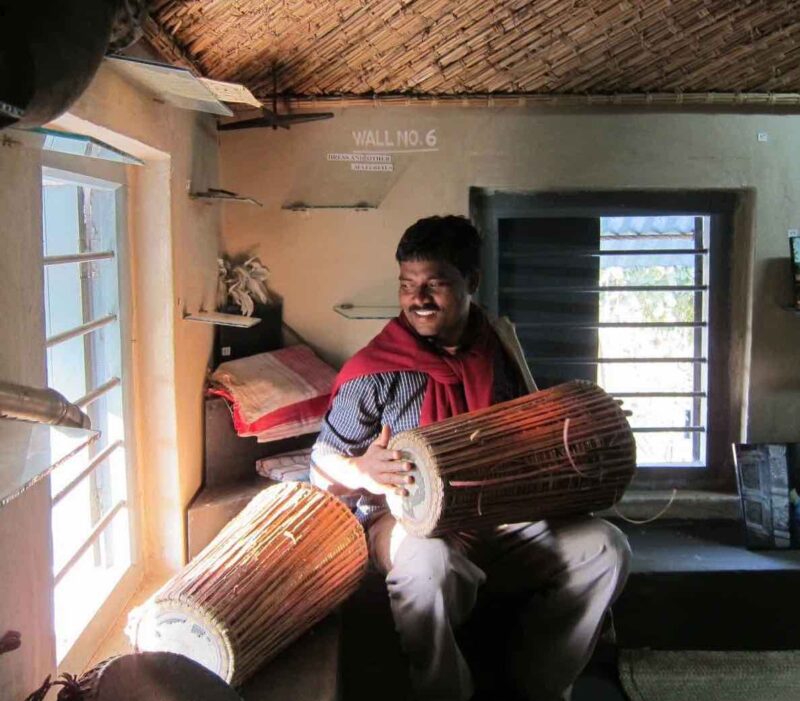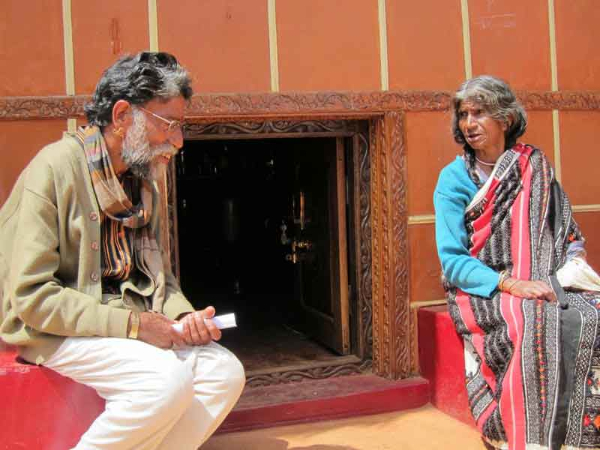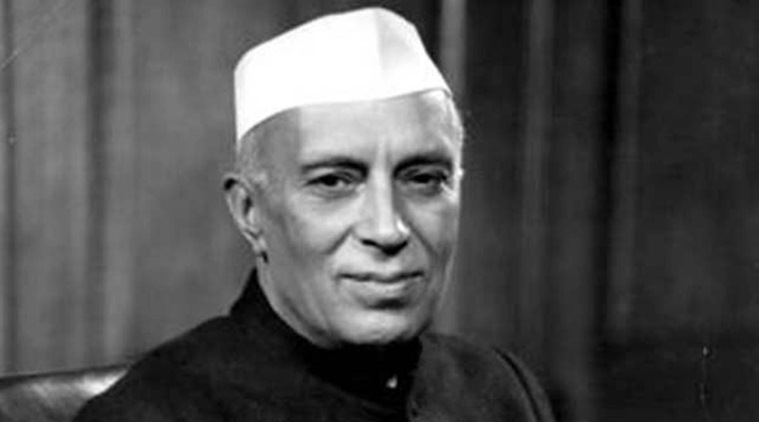
“The goal is to prepare some model students in our villages, so that others will be inspired to follow them.” – Boro Baski in Long-term success of non-formal Adivasi school in West Bengal
The concept of development has different connotations in different contexts. In a narrow sense, ‘it means, change, and progress, either whole or, partial’. There are people with difference of opinion regarding development. […]
In 1951, the government of Indiahad started making efforts to raise the general standard of living of the weaker sections as well as tribal development in the form of national extension schemes (NES) with the objective to intensify the block level development activities. It was actually done to translate the spirit of the fundamental rights and Directive Principles of State Policy provided in Article 46: “the State shall promote with special care the educational and economic interests of the weaker sections of the people, and, in particular, of the Scheduled Castes and Scheduled Tribes, and shall protect them from social injustice and all forms of exploitation” (cit. Singh and Vyas 1989: ix). […]
We can understand from the foregone discussions that a new way of development, participatory development has already been initiated in our country a decade ago. […]
Out of the 36 Scheduled Tribes living in Tamil Nadu , The Toda, the Kota, the Panniyan, the Irula, the Kurumba, and the Kattunayakan, who are residing in Nilgiris are only considered as primitive tribal groups (PTG). A bulk of the Government’s funds earmarked for tribal development is directed towards the developmental activities of PTGs. Thus, tribals who are residing in other areas are receiving less attention by the Government whereas; the NGOs are helping the tribals all over Tamil Nadu. This is illustrated through our case studies. […]
Education is a dark area of Irulas life. It is estimated that 63% of them were illiterates. Recently, one boy has managed to pass the SSLC. They openly express their negative attitude towards formal education. Illiterate Irulas are being exploited by the non-tribals residing in that area. The Irulas work in non-tribal farms and firms over several years and in the process they are indebted to their masters. Their Ration Cards and Voter Identity Cards are kept by their masters. Groceries are procured by the master through the servants’ ration cards and supplied to them at a higher rate.
For instance, a person is working as labourer in the teak forest for more than six year along with his wife and a five year old son. They hardly come out of the forest for any thing. The family solely depends on ‘Thalaivar’, the owner of the form for their basic survival. […]
Conclusion
According to Saravanan (2006:234), “tribal economy is mainly associated with agriculture and allied activities. Whereas the government spending a lion’s share of the budget on the service sector, leaving a meagre amount for the secondary sector. The growth of the services sector is corollary of the growth of the primary and secondary sectors. Hence, the tribal development strategy has to be changed”.
Anthropology, and anthropologists are very specific in the process of development and the hand maiden role needs to be shed. The wider question of what should be the commitment of an anthropologist the so-called neutrality or commitment for the community the whole question of sensitivity comes to the fore. The role of anthropology should be to clearly recognize that the rights to determining the final goals of development are with the people-the civil society at large and anthropologists in particular will facilitate the process. Unless we recognize, and are willing to change, that development is not just categorizing to communities/societies, and development is basically antagonistic in nature. The anthropologist should not push the local people “at the receiving end of development designed by more powerful “outside” developers” (Mohan & Stokke 2000:243), and their attempts should offer a corrective. Thus, anthropologists should sincerely believe that it should be to strengthen reversal tribal development strategies since the tribal development so far is mechanical, ineffectual, and vague. […]
Awareness camps, medical camps and training camps are frequently organized. Women empowerment is also aimed through starting of Self Help Groups by providing micro credit. Though these activities are continuing since 1951, yet these have not achieved major goals. It is pointing towards the inefficiency in the current trend, which needs a re-thinking, a different strategy for tribal development. Anthropologists are very confident to say that the appropriate mode of planning and development should need full-hearted involvement of anthropologists, as they have a holistic understanding of the tribals, their culture and society than others. Thus, the anthropologists can address tribal issues, and facilitate the development activity in an effective way by putting the tribals first in their development.
Source: “Tribal Development in India: An Anthropological Dialogue” by M.P. Damodaran, S. Sumathi and P. Govinda Reddy, Kerala Anthropologist [July 21, 2011 at 10:46 am]
Published in: in Raja Reddy Kalluri edited Contemporary Indian Society: Issues and Perspectives. Delhi: Shipra Publications. 2011 (pp. 74-87)
Address : http://damodaranmp.wordpress.com/2011/07/21/tribal-development-strategies-in-india-an-anthropological-dialogue/
Date Visited: Thu Aug 11 2011 15:03:57 GMT+0200 (CEST)
[Bold typeface added above for emphasis]
“I would like to direct attention to the general approach when we encounter the ‘other’ – the question of our protocol, etiquette and attitude. In our eagerness to know we probably show a disregard to these civilities. We try to buy friendship for building up rapport; we try to intrude into others’ territory without being invited and carry presents that we perceive would be appreciated to assert our friendliness.” – Anthropologist R.K. Bhattacharya in “The Holistic Approach to Anthropology” >>

Photo © Ludwig Pesch
Learn more about the
Toda community, the Nilgiri Biosphere where the live, other elders,
the cultural identity communities have cherished for centuries, and this
in spite of the colonial legacy still affecting their members >>

Photo © Indian Express
Learn more
Bondage | Bonded labour | Human trafficking | Slavery | Zamindari
Childhood | Childrens rights: UNICEF India | Safe search
Colonial policies | Freedom Struggle | Independence
Denotified Tribe vs. “criminal tribe“
Figures, census and other statistics
Health and nutrition | Recommendations by the Expert Committee
“In fact, we still do not know to what extent global supply chains are maintained by slavery and child labor. Because of these and other factors, slavery today is more profitable than ever before, and also more woven into the global economy than ever before.” – Siddharth Kara on the persistence of modern slavery| Learn more >>
Human trafficking is a crime. To report in India, call
– Shakti Vahini +91-11-42244224, +91-9582909025 or
– Childline 1098 (national helpline)
Human Rights Commission (posts) | www.nhrc.nic.in (Government of India) >>